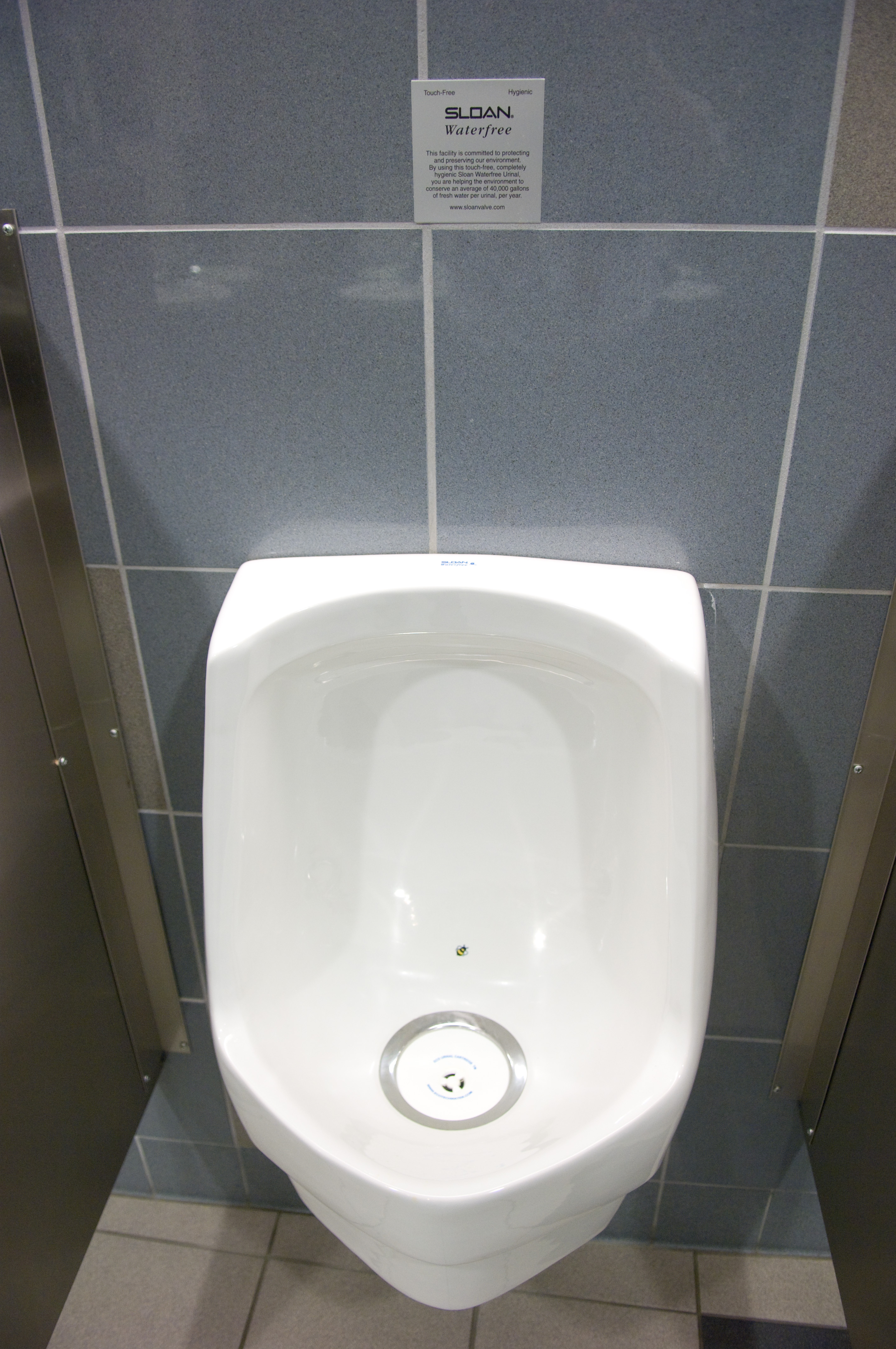
The guys at Georgia Tech may not have noticed, but there is something different about the restrooms on campus. Three hundred and eight automatic, one-pint urinals have been installed throughout the Institute.
For more than 10 years, the Office of Facilities Management has been testing low flow water fixtures to reduce the campus’ water consumption. Many of the newer buildings on campus have energy and water efficient bathrooms with automatic faucets and low flow toilets, and now several of the older buildings will be receiving these upgrades as well.
The guys at Georgia Tech may not have noticed, but there is something different about the restrooms on campus. Three hundred and eight automatic, one pint urinals have been installed throughout the Institute.
For more than 10 years, the Office of Facilities Management has been testing low flow water fixtures to reduce the campus’ water consumption. Many of the newer buildings on campus have energy and water efficient bathrooms with automatic faucets and low flow toilets, and now several of the older buildings will be receiving these upgrades as well.
Georgia Tech spends roughly $7,000,000 a year or $19,663 per day for water and sewer services. After several years of drought and cost increases from the City of Atlanta for water and sewer services, Georgia Tech has stepped up its efforts to conserve water and reduce the Institute’s utility costs. GT’s Energy Conservation team recently completed a major urinal replacement project as part of this initiative.
Lenox Utility Contractors, LLC began this project by replacing the 308 urinals with low flow urinals and electronic flush valves. To estimate how much water was saved, Georgia Tech conducted a usage survey during the week and weekends of 10 academic and support buildings on campus. Caleb Morris, a student researcher from the College of Engineering, not only helped install the units (his father, Buddy Morris, owns Lenox Utility Contractors) but he also conducted the usage survey for Facilities by placing infrared occupancy sensors above the urinals.
“After helping install the urinals, I was a great candidate for carrying out the survey because I was already familiar with the project and I believe it is important to promote the benefits of new water conservation technologies,” said Caleb Morris.
The team estimates that on average, the 308 urinals that were part of this project are flushed 2.2 million times annually and by replacing these urinals with low-flow models, the Institute could save up to 5,300 gallons of water and sewer per day. Over an entire year, that is about as much water as all of the pools in the Aquatic Center at the Campus Recreation Center (1.9 million gallons). This could also result in a savings of $54,000 a year in water and sewer costs. With such a short pay-back period and significant expected savings, Georgia Tech hopes to implement other water conservation projects in the future.
In addition to being ranked among the top ten public universities in the U.S., Georgia Tech is also a leader in utilities management and conservation. Georgia Tech is committed to developing an environmentally friendly campus and as such is committed to responsible water use management through the adoption of new water saving technologies and practices.
